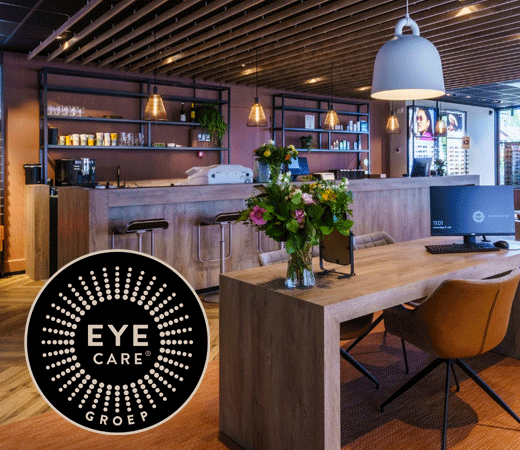
Het aantal beurzen is de afgelopen jaren in rap tempo gestegen en neemt nog steeds toe. Waar je vroeger in Europa in het voorjaar naar de MIDO en in het najaar naar de SILMO ging, kun je nu kiezen uit een keur aan min of meer lokale beurzen. Op een enkele na zijn die stuk voor stuk vooral leuk voor de organisatoren die er dik geld aan verdienen maar minder positief voor de branche. Bedrijven hebben blijkbaar het gevoel dat ze iets missen als ze er niet zijn en durven de een voor de ander niet weg te blijven. Maar niemand verkoopt uiteindelijk meer brillen of kan door de beurzen met minder agenten of vertegenwoordigers toe. De orders worden hooguit verschoven wat dan in veel gevallen weer tot leveringsproblemen leidt omdat er te veel orders in een korte tijd geschreven worden. Allemaal niet zo leuk maar het vervelendste is dat die overkill aan beurzen al het marketinggeld opslokt zodat er nauwelijks meer budget overblijft om reclame te maken en winkels actief te ondersteunen bij de verkoop. Zelfs in een klein land als Nederland gaat al een zeer substantieel bedrag naar de drie beurzen en dat geld zou ook en veel beter besteed kunnen worden aan goede consumentencampagnes en actieve ondersteuning van de winkels die de producten verkopen. Hoog tijd dat de leveranciers hun investeringen in al die business to business eens heroverwegen. Wellicht kan het budget veel beter besteed worden met ook business-to-business nog eens een veel betere return on investment!

In recent years we have seen an enormous increase of optical fairs. Where the MIDO in Spring and SILMO in Autumn used to be the places to be, now everyone can choose from a range of local fairs. Apart from maybe a few, most of them only benefit the organizations who earn a lot of money but are bad for the optical branch. Companies don’t dare to stay away but in the end none of them sells more products or can do with less agents or reps thanks to the fairs. In addition the clustering of orders in a relatively short period often leads to delivery problems. The major disadvantage of all these fairs however is that they take all the marketing budgets from the companies which as a result have less and less money left for advertising and support of their points of sale. Even in a small country like the Netherlands the three fairs twice a year swallow a substantial amount of money which could have been used for consumer advertising and active support of the stores. Time for companies to evaluate their investments in business-to-business and relocate budgets. It could be used in a better way and assure a better return on investment, even when it comes to business-to-business.














